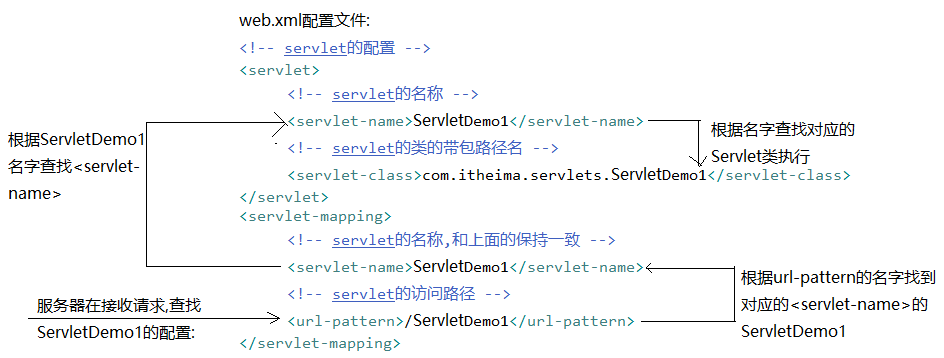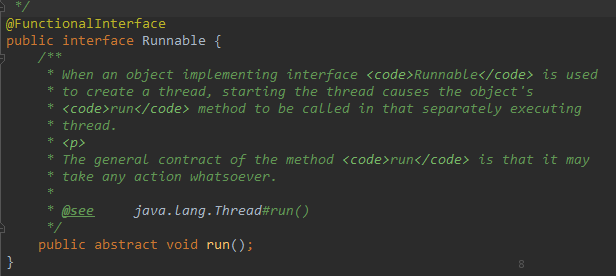Elasticsearch Java API - 客户端连接
package com.java1234;import com.google.gson.JsonObject;import org.elasticsearch.action.index.IndexResponse;import org.elasticsearch.client.transport.TransportClient;import org.elasticsearch.common.settings.Settings;import org.elasticsearch.common.transport.InetSocketTransportAddress;import org.elasticsearch.common.xcontent.XContentType;import org.elasticsearch.transport.client.PreBuiltTransportClient;import org.junit.After;import org.junit.Before;import org.junit.Test;import java.net.InetAddress;/*** @author XXL* @create 2019-08-04 13:05*/public class ESConn {protected TransportClient client;@Beforepublic void setUp() throws Exception {Settings esSettings = Settings.builder().put("cluster.name", "my-application") //设置ES实例的名称// 这个不能乱加, 加了报错啊// .put("client.transport.sniff", true) //自动嗅探整个集群的状态,把集群中其他ES节点的ip添加到本地的客户端列表中.build();/*** 这里的连接方式指的是没有安装x-pack插件,如果安装了x-pack则参考{@link ElasticsearchXPackClient}* 1. java客户端的方式是以tcp协议在9300端口上进行通信* 2. http客户端的方式是以http协议在9200端口上进行通信*/client = new PreBuiltTransportClient(esSettings).addTransportAddress(new InetSocketTransportAddress(InetAddress.getByName("公网ip"), 9300));System.out.println("ElasticsearchClient 连接成功");}@Testpublic void testClientConnection() throws Exception {System.out.println(client);JsonObject jsonObject=new JsonObject();jsonObject.addProperty("name", "java 编程思想");jsonObject.addProperty("publishDate", "2018-11-11");jsonObject.addProperty("price", 100);IndexResponse response=client.prepareIndex("book", "java", "1").setSource(jsonObject.toString(), XContentType.JSON).get();System.out.println("索引名称:"+response.getIndex());System.out.println("类型:"+response.getType());System.out.println("文档ID:"+response.getId());System.out.println("当前实例状态:"+response.status());System.out.println("--------------------------");}@Afterpublic void tearDown() throws Exception {if (client != null) {client.close();}}}
运行结果:

转载于 //www.cnblogs.com/Uzai/p/11333592.html
//www.cnblogs.com/Uzai/p/11333592.html



































还没有评论,来说两句吧...